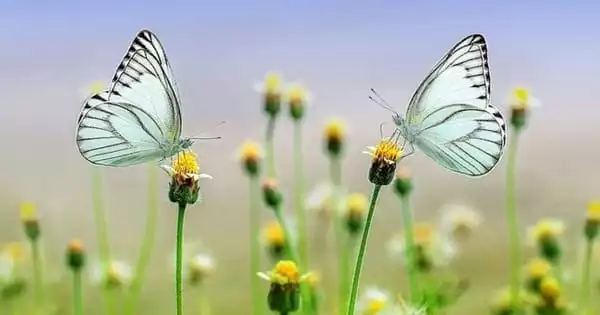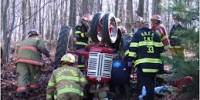A new study discovered that when diesel fumes and ozone were present, pollination was reduced by about a third – the negative influence of these typical air pollutants on pollination was detected in the natural environment. According to new research, common air contaminants from both urban and rural contexts may be limiting insects’ pollination ability by preventing them from sniffing out the crops and wildflowers that rely on them.
When common ground-level air pollutants, such as diesel exhaust pollutants and ozone, were present, scientists from the University of Reading, the UK Centre for Ecology & Hydrology, and the University of Birmingham discovered that there were up to 70% fewer pollinators, up to 90% fewer flower visits, and an overall pollination reduction of up to 31% in test plants.
The study, which was published in the journal Environmental Pollution, is the first to show that typical air pollutants have a deleterious impact on pollination in the natural environment. Pollutants, according to the hypothesis, react with and modify the fragrances of flowers, making them harder to find.
The findings are concerning because these contaminants are frequently detected in the air that many of us breathe on a daily basis. We know that these pollutants are harmful to our health, and the dramatic decreases in pollinator numbers and activity suggest that there are also clear consequences for the natural ecosystems on which we rely.
Dr. James Ryalls
“We knew from our previous lab studies that diesel exhaust can have negative effects on insect pollinators,” said Dr. Robbie Girling, Associate Professor in Agroecology at the University of Reading, who led the project. “But the impacts we found in the field were much more dramatic than we had expected.”
The study’s lead author, Dr. James Ryalls, a Leverhulme Trust Research Fellow at the University of Reading, stated: “The findings are concerning because these contaminants are frequently detected in the air that many of us breathe on a daily basis. We know that these pollutants are harmful to our health, and the dramatic decreases in pollinator numbers and activity suggest that there are also clear consequences for the natural ecosystems on which we rely.”
Previous laboratory experiments conducted by Reading team members have shown that diesel fumes can change floral odors. This research revealed that pollution may be contributing to the continued losses in pollinating insects by making it more difficult for them to find their food – pollen and nectar.

The impact of this phenomenon in nature, where insects pollinate important food crops and native wildflowers, is less well understood, so the goal of this new study was to gather evidence to investigate how air pollution affects different pollinating insect species, some of which rely more on scent than others.
The study, financed by the Natural Environment Research Council, employed a purpose-built fumigation facility to control levels of nitrogen oxides (NOx) and ozone in an open field environment. Over the course of two summer field seasons, they investigated the effects of these contaminants on the pollination of black mustard plants by free-flying, locally-occurring pollinating insects.
They employed pollutant concentrations that were substantially below maximum average levels, corresponding to 40-50 percent of the limits now specified by US law as environmentally safe. This pales in comparison to the far higher levels of pollution that occur around the world as a result of regulatory violations. A 2019 research, for example, found prohibited amounts of nitrogen dioxide in local authorities across vast regions of northern England, including Cheshire and Gateshead, and southern England, including Wiltshire, Chichester, and rural areas such as the New Forest.
Pollinator visits to plants in contaminated air were reduced by 62-70 percent, according to observations. This decrease was observed in seven pollinator groups, most notably bees, moths, hoverflies, and butterflies. Based on seed output and other parameters, there were also 83-90 percent fewer flower visits by these insects, resulting in a 14-31 percent decline in pollination.
Such discoveries could have far-reaching repercussions because insect pollination generates hundreds of billions of pounds in economic value each year. It accounts for around 8% of total agricultural food production value worldwide, and 70% of all crop species, including apples, strawberries, and cocoa, rely on it.
This study is part of ongoing research at the University of Reading on the impact of air pollution on insect health and their interactions with the environment. “This truly cross-disciplinary work demonstrated very clearly how atmospheric pollutants negatively impact on pollination, with direct consequences for food production as well as the resilience of our natural environment,” said Dr. Christian Pfrang, Reader in Atmospheric Science at the University of Birmingham and a co-author on the study.
















